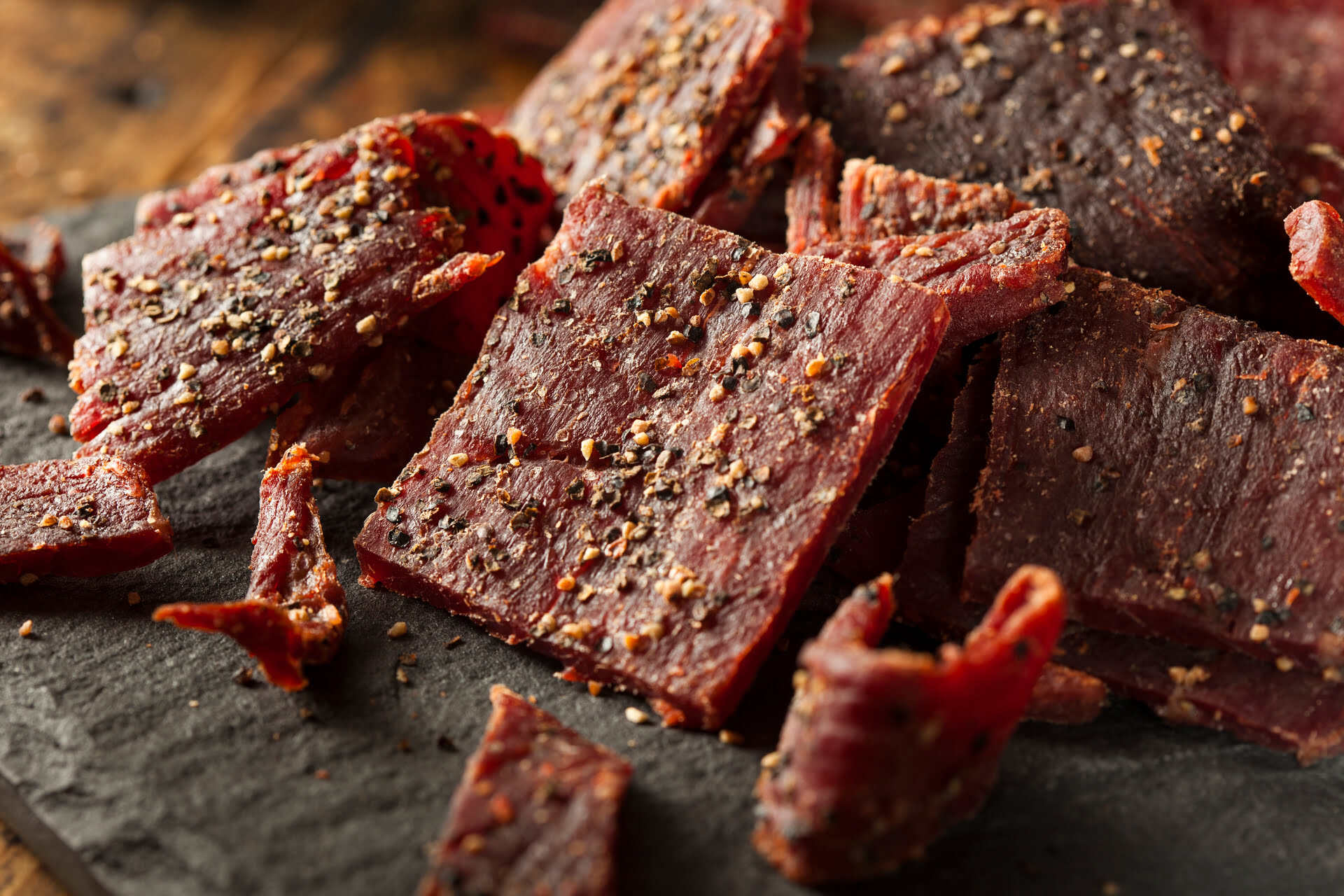

Articles
How To Store Dehydrated Meat
Modified: January 6, 2024
Learn the best methods for storing dehydrated meat in this informative article. Find out how to ensure maximum freshness and longevity for your dehydrated meat.
(Many of the links in this article redirect to a specific reviewed product. Your purchase of these products through affiliate links helps to generate commission for Storables.com, at no extra cost. Learn more)
Introduction
Welcome to the world of dehydrated meat! If you’ve ever wondered how to store dehydrated meat properly, you’ve come to the right place. Dehydrated meat is a popular option for those looking to preserve their meat for extended periods without the need for refrigeration or freezing.
Dehydrating meat involves removing the moisture content from the meat, which helps to prevent bacterial growth and spoilage. This preservation method has been used for centuries and continues to be a reliable way to store meat long-term.
In this article, we will explore the benefits of dehydrated meat, discuss how to prepare it for storage, and share the best practices for storing dehydrated meat. Whether you’re an avid hiker, a prepper, or simply want to stock up on protein-rich food, knowing how to properly store your dehydrated meat will ensure its freshness and quality for many months to come.
Key Takeaways:
- Dehydrated meat offers long shelf life, portability, and retained nutritional value, making it a convenient and cost-effective protein source for outdoor activities and emergency preparedness.
- Proper storage in airtight containers, cool environments, and freezer or vacuum-sealed bags ensures the longevity and quality of dehydrated meat, preserving its flavor and nutritional benefits.
Read more: How To Store Dehydrated Apples
Benefits of Dehydrated Meat
Dehydrated meat offers several benefits that make it an excellent option for long-term storage. Here are some key advantages:
- Long Shelf Life: One of the main benefits of dehydrated meat is its extended shelf life. By removing the moisture from the meat, you eliminate the conditions that promote bacteria growth and spoilage. When stored properly, dehydrated meat can last for several months or even years.
- Portability: Dehydrated meat is lightweight and compact, making it ideal for outdoor activities such as hiking, camping, or backpacking. The removal of moisture significantly reduces the weight, making it easier to carry without sacrificing nutritional value.
- Nutritional Value: Dehydrated meat retains its nutritional value even after the dehydration process. It remains rich in protein, vitamins, and minerals, making it an excellent source of energy, especially in situations where fresh meat is not readily available.
- Convenience: Having dehydrated meat on hand provides convenience in meal preparation. You can quickly rehydrate the meat by adding hot water, or use it directly in dishes like soups, stews, and stir-fries. It eliminates the need for thawing or lengthy cooking times associated with fresh or frozen meat.
- Cost-effective: Dehydrating your own meat at home can be a cost-effective alternative to purchasing pre-packaged dehydrated meat. It allows you to take advantage of sales and discounts on fresh meat, and you have full control over the quality and seasoning.
- Reduced Waste: Dehydrating meat helps reduce food waste. Instead of allowing meat to spoil, dehydrating it allows you to preserve and utilize it, minimizing waste and saving money.
With these benefits in mind, dehydrated meat becomes an attractive option for anyone looking to have a long-lasting, portable, and nutritious source of protein readily available.
Preparing Dehydrated Meat for Storage
Properly preparing your dehydrated meat for storage is crucial in maintaining its quality and longevity. Here are some steps to follow:
- Cooling and Conditioning: Once you have finished dehydrating the meat, allow it to cool completely. Then, place the meat in an airtight container or bag and let it “condition” for a few days. Conditioning involves allowing any residual moisture to distribute evenly throughout the meat. This step helps to ensure that the moisture content is uniform and reduces the risk of moisture retention and bacterial growth.
- Remove Excess Moisture: Before sealing the dehydrated meat, it’s essential to ensure that there is no moisture left. If you see any signs of condensation or moisture, return the meat to the dehydrator for further drying. Moisture can lead to spoilage and the growth of bacteria or mold during storage.
- Inspect for Quality: Before storing the dehydrated meat, thoroughly inspect it for any signs of spoilage, such as discoloration, off odors, or mold growth. If you notice any issues, discard the affected pieces to avoid compromising the quality of the entire batch.
- Label and Date: To keep track of your dehydrated meat, label each container or bag with the type of meat and the date it was dehydrated. This practice will help you use the oldest meat first and ensure you rotate your stock efficiently.
- Consider Seasoning: You can enhance the flavor of your dehydrated meat by seasoning it before or after the dehydration process. Many homemade seasoning blends and marinades work well with dehydrated meat. Experiment with different combinations to find your preferred flavors.
Following these steps will help ensure that your dehydrated meat is properly prepared for storage, maximizing its shelf life and maintaining the desired quality.
Choosing the Right Containers for Storing Dehydrated Meat
When it comes to storing dehydrated meat, choosing the right containers is essential to maintain its freshness and protect it from moisture and air exposure. Here are some factors to consider when selecting containers for your dehydrated meat:
- Airtightness: The containers you choose should have airtight seals to prevent moisture and air from entering. Exposure to air can lead to the degradation of the meat’s quality and introduce the possibility of bacterial growth.
- Material: Opt for containers made of food-grade materials like glass jars, plastic containers with tight-fitting lids, or food-grade resealable bags. These materials are safe for storing food and will not affect the taste or quality of the dehydrated meat.
- Size and Shape: Consider the quantity of dehydrated meat you plan to store and choose containers that accommodate your needs. It’s best to select containers that are slightly larger than the amount of meat you have to allow for some room without excessive air space.
- Transparency: Clear containers or bags allow you to easily see the contents without opening them. This is convenient for quickly identifying the type of meat and monitoring its condition without unnecessary exposure.
- Stackability: If you have limited storage space, look for containers that are stackable. This feature allows for efficient organization and maximizes the use of available space.
- Durability: Choose containers that are durable and able to withstand the rigors of long-term storage. Ensure that the lids or seals are sturdy and will not crack or break easily, as this can compromise the integrity of the container.
- UV Protection: If you plan to store your dehydrated meat in an area exposed to sunlight, consider containers that offer UV protection. Sunlight can degrade the quality of the meat over time, so protecting it from harmful UV rays is essential.
By considering these factors, you can choose the right containers to ensure the long-term storage and preservation of your dehydrated meat. Remember, proper packaging is crucial in maintaining the quality, flavor, and nutritional value of your dehydrated meat.
Best Storage Practices for Dehydrated Meat
To ensure that your dehydrated meat stays fresh, flavorful, and safe to consume, it’s important to follow these best storage practices:
- Cool, Dark, and Dry Storage Area: Store your dehydrated meat in a cool, dark, and dry environment. Avoid areas that are exposed to direct sunlight or extreme temperature fluctuations, such as near windows or heating sources. Excessive heat and light can accelerate the degradation process and compromise the quality of the meat.
- Avoid Moisture: Moisture is the enemy of dehydrated meat. Keep your stored meat away from any sources of humidity, such as the kitchen sink, dishwasher, or steamy areas. Moisture can cause the meat to reabsorb water, leading to spoilage or the growth of mold or bacteria.
- Temperature Control: Aim for a storage temperature of 50 to 70 degrees Fahrenheit (10 to 21 degrees Celsius) for optimal shelf life. Avoid storing the meat in areas that become too hot or too cold, like the garage or attic.
- Airtight Sealing: Properly seal your dehydrated meat in airtight containers or bags to prevent air exposure. Oxygen can degrade the quality of the meat and cause it to become rancid over time.
- Freeze for Long-Term Storage: For extended storage, consider freezing your dehydrated meat. Freezing the meat can further inhibit bacterial growth and prolong its shelf life. Place the dehydrated meat in freezer-safe containers or vacuum-sealed bags to prevent freezer burn.
- Rotation: Utilize the “first in, first out” rotation method to ensure that older batches are consumed first. Label and date your containers so you can easily identify and use the oldest meat before moving on to newer batches.
- Regular Inspection: Periodically inspect your stored dehydrated meat for any signs of spoilage or pest infestation. If you notice any issues, discard the affected portions immediately to prevent any contamination.
By following these storage practices, you can maintain the quality and safety of your dehydrated meat, ensuring that it remains delicious and ready for consumption whenever you need it.
Store dehydrated meat in airtight containers or vacuum-sealed bags to prevent moisture and air from getting in, and keep it in a cool, dark place to extend its shelf life.
Read more: How To Store Dehydrated Chicken
Storing Dehydrated Meat in the Pantry
The pantry can be an ideal location for storing your dehydrated meat, as long as you ensure the right conditions for preservation. Here are some tips for storing dehydrated meat in your pantry:
- Choose an Appropriate Container: Select airtight containers or jars that are dark and opaque to protect the meat from light exposure. Glass or food-grade plastic containers with tight-fitting lids work well for this purpose.
- Keep it Cool: Store your dehydrated meat in a cool area of the pantry away from heat sources like the stove or oven. Maintaining a consistent temperature will help preserve the quality of the meat for a longer time.
- Avoid Moisture: Make sure the pantry is dry and free from any moisture sources. Moisture can cause the meat to rehydrate and spoil. Be cautious of storing dehydrated meat near sinks, dishwashers, or anywhere prone to dampness.
- Organize Properly: Arrange your dehydrated meat containers in an organized manner, ensuring proper labeling and rotation. This will help you easily access the oldest meat first and maintain an efficient rotation system.
- Check Regularly: Periodically check your stored dehydrated meat for any signs of spoilage, such as off odors, discoloration, or mold. If you notice anything suspicious, discard the affected meat immediately to prevent contamination.
By following these pantry storage tips, you can maintain the quality and freshness of your dehydrated meat for an extended period. It’s crucial to create the right environment and regularly monitor the meat to ensure its safety and taste.
Storing Dehydrated Meat in the Freezer
The freezer is a great option for long-term storage of dehydrated meat, as it helps to maintain its quality and extend its shelf life. Here are some steps to follow when storing dehydrated meat in the freezer:
- Package Properly: Use freezer-safe containers or vacuum-sealed bags to package your dehydrated meat. These ensure airtight seals, preventing moisture and air from getting in and compromising the quality of the meat.
- Remove as much air as possible: If using bags, try to remove as much air as possible before sealing. This will help reduce the risk of freezer burn and maintain the texture and flavor of the meat.
- Label and Date: Clearly label each package with the type of meat and the date it was dehydrated. This will help you keep track of the age of the meat and ensure that you use the oldest ones first.
- Store in the back of the freezer: Place your dehydrated meat packages in the back of the freezer, where the temperature is most consistent. Avoid storing them near the freezer door, as it can be subjected to temperature fluctuations every time the door is opened.
- Maintain a Frozen Temperature: Set your freezer to a temperature of 0°F (-18°C) or below to ensure that the meat remains frozen solid. This low temperature helps to preserve the quality and prevent the growth of harmful bacteria.
- Keep an Inventory: Create an inventory of the dehydrated meat packages stored in the freezer. This will help you keep track of what you have and when you need to replenish your stock.
By following these guidelines, you can store your dehydrated meat safely in the freezer for an extended period. Remember to use proper packaging and maintain the freezer at the recommended temperature to ensure the quality and freshness of the meat.
Storing Dehydrated Meat in Vacuum-Sealed Bags
Vacuum-sealing is an excellent method for prolonging the shelf life of dehydrated meat. The removal of air from the bags helps to prevent oxidation, moisture absorption, and freezer burn. Here’s how to store dehydrated meat in vacuum-sealed bags:
- Choose the Right Bags: Select high-quality vacuum-seal bags designed for food storage. Ensure they are compatible with your vacuum-sealing machine.
- Cut Bags to Size: Cut the vacuum-seal bags into appropriate sizes to accommodate the portion of dehydrated meat you want to store. Leave enough space to create a proper seal.
- Fill the Bags: Place the dehydrated meat into the bags, leaving some headspace at the top to allow for proper sealing. Be cautious not to overfill the bags, as this can compromise the effectiveness of the seal.
- Seal the Bags: Use your vacuum-sealing machine to remove the air from the bags and create a tight seal. Follow the manufacturer’s instructions for the specific model you are using.
- Label and Date: Label each vacuum-sealed bag with the type of meat and the date it was dehydrated. This will help you keep track of the contents and ensure you use the oldest package first.
- Store in a Cool, Dark Place: Place the vacuum-sealed bags of dehydrated meat in a cool, dark location. A pantry or a cupboard away from direct sunlight and heat sources is ideal.
- Regularly Inspect: Periodically check the vacuum-sealed bags for any signs of damage or loss of vacuum. If you notice any compromised bags, transfer the meat to a new bag and reseal it to maintain its freshness.
By following these steps, you can store your dehydrated meat in vacuum-sealed bags, ensuring its longevity and preserving its quality. The removal of air provides an extra layer of protection against moisture, oxygen, and freezer burn, allowing you to enjoy your dehydrated meat for an extended period.
Tips for Maintaining Quality of Dehydrated Meat
To ensure that your dehydrated meat maintains its quality and taste over time, here are some essential tips to keep in mind:
- Properly Store the Meat: Follow the recommended storage practices for dehydrated meat, whether you’re storing it in the pantry, freezer, or vacuum-sealed bags. This includes keeping it in a cool, dark, and dry environment, away from moisture, heat, and light sources.
- Inspect Regularly: Periodically inspect your stored dehydrated meat for any signs of spoilage, such as discoloration, off odors, or the growth of mold. If you notice any issues, discard the affected portions immediately to prevent contamination.
- Rotate Your Stock: Follow the “first in, first out” rotation method to use the oldest dehydrated meat first. Label and date each container or bag to ensure proper rotation and minimize the risk of consuming expired meat.
- Minimize Exposure to Air: Air exposure can cause oxidation, leading to a decrease in quality and flavor. Use airtight containers, vacuum-sealed bags, or oxygen absorbers to keep the meat protected from oxygen.
- Avoid Excessive Handling: Minimize excessive handling of dehydrated meat to prevent it from reabsorbing moisture from your hands. Moisture can lead to spoilage and degrade the texture of the meat.
- Use Odorless Packaging: If using storage bags or containers, ensure they are odorless. Strong-smelling plastics can affect the taste and scent of the dehydrated meat.
- Keep Away from Strong Odors: Store dehydrated meat away from strong-smelling substances, such as spices, cleaning products, or chemicals. Dehydrated meat can absorb odors easily, affecting its flavor.
- Rehydrate Properly: If you plan to rehydrate the dehydrated meat before consuming it, follow the recommended instructions for best results. This will help restore the moisture and texture of the meat effectively.
- Consume Within a Reasonable Timeframe: While dehydrated meat can have an extended shelf life, it’s essential to consume it within a reasonable timeframe. Over time, the quality and taste may start to diminish, so it’s best to enjoy the meat within the recommended storage duration.
By implementing these tips, you can maintain the quality, flavor, and nutritional value of your dehydrated meat, ensuring a delicious and enjoyable experience every time you use it.
Read more: How To Store Dehydrated Peppers
Conclusion
Knowing how to properly store dehydrated meat is essential for anyone looking to preserve their meat for extended periods without the need for refrigeration or freezing. Dehydrated meat offers numerous benefits, including a long shelf life, portability, retained nutritional value, convenience, cost-effectiveness, and reduced waste.
When preparing dehydrated meat for storage, it’s important to cool and condition it, remove excess moisture, inspect for quality, label and date the containers, and consider seasoning for added flavor. Choosing the right containers for storing dehydrated meat involves considering airtightness, material, size, transparency, stackability, durability, and UV protection.
Best storage practices for dehydrated meat include keeping it in a cool, dark, and dry area, avoiding moisture and temperature fluctuations, ensuring airtight sealing, considering freezing for long-term storage, maintaining proper rotation, and regularly inspecting the meat for spoilage.
Depending on your storage options, you can store dehydrated meat in the pantry, freezer, or vacuum-sealed bags. Each method requires specific considerations to maintain the meat’s quality and freshness. Storing dehydrated meat in the pantry requires proper container choice, a cool environment, and protection from moisture. Freezer storage necessitates appropriate packaging, temperature control, and careful monitoring. Vacuum-sealing involves selecting the right bags, removing air, labeling, and finding a suitable storage location.
To maintain the quality of your dehydrated meat, remember to follow tips such as properly storing the meat, regular inspection, rotation, minimizing air exposure, avoiding excessive handling, using odorless packaging, keeping away from strong odors, rehydrating properly, and consuming within a reasonable timeframe.
In conclusion, by following the proper techniques and storage practices, you can enjoy the benefits of dehydrated meat for an extended period. Whether you’re an avid outdoor enthusiast, a prepper, or simply want to stock up on protein-rich food, properly stored dehydrated meat provides a nutritious and convenient option that will be ready whenever you need it.
Frequently Asked Questions about How To Store Dehydrated Meat
Was this page helpful?
At Storables.com, we guarantee accurate and reliable information. Our content, validated by Expert Board Contributors, is crafted following stringent Editorial Policies. We're committed to providing you with well-researched, expert-backed insights for all your informational needs.

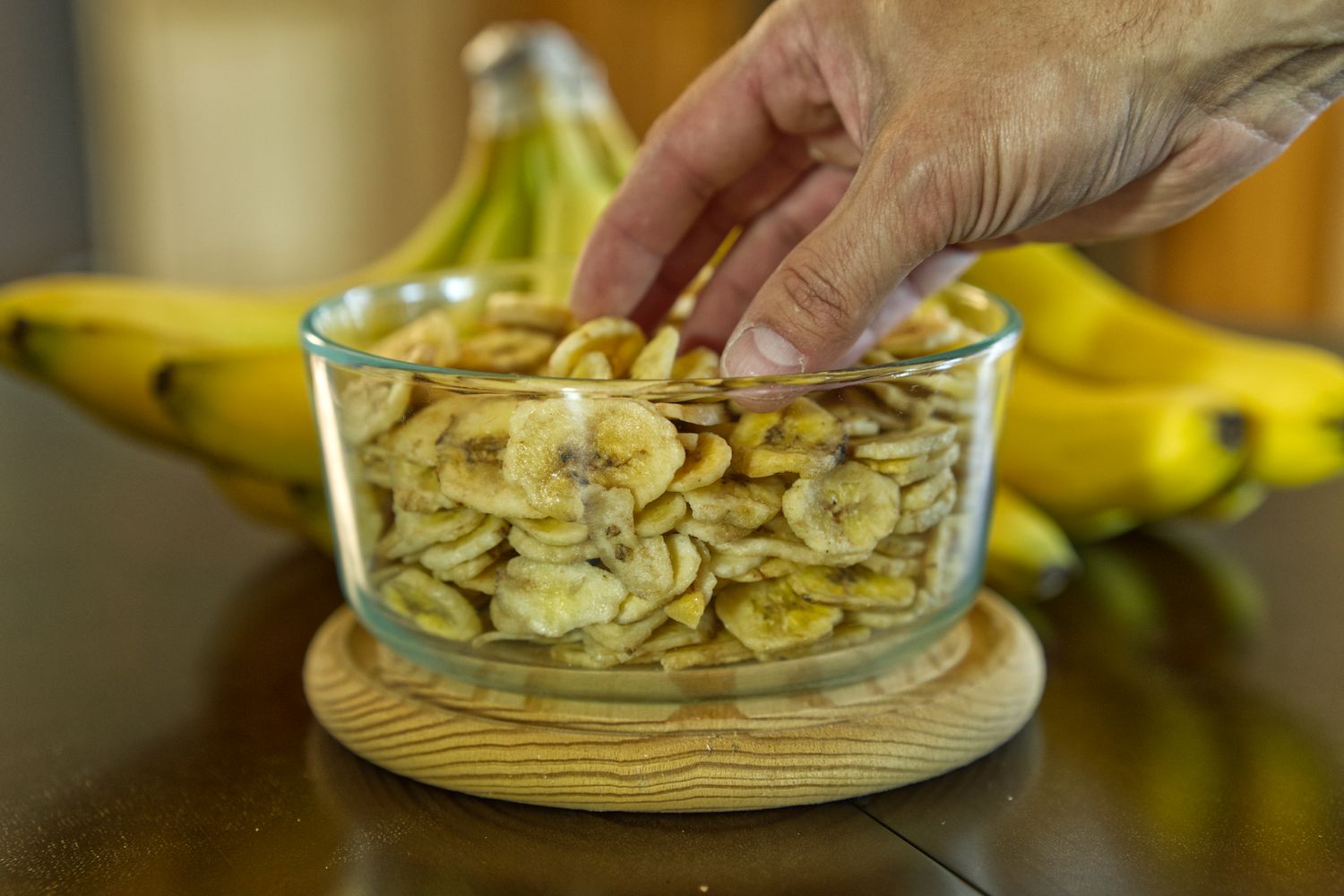



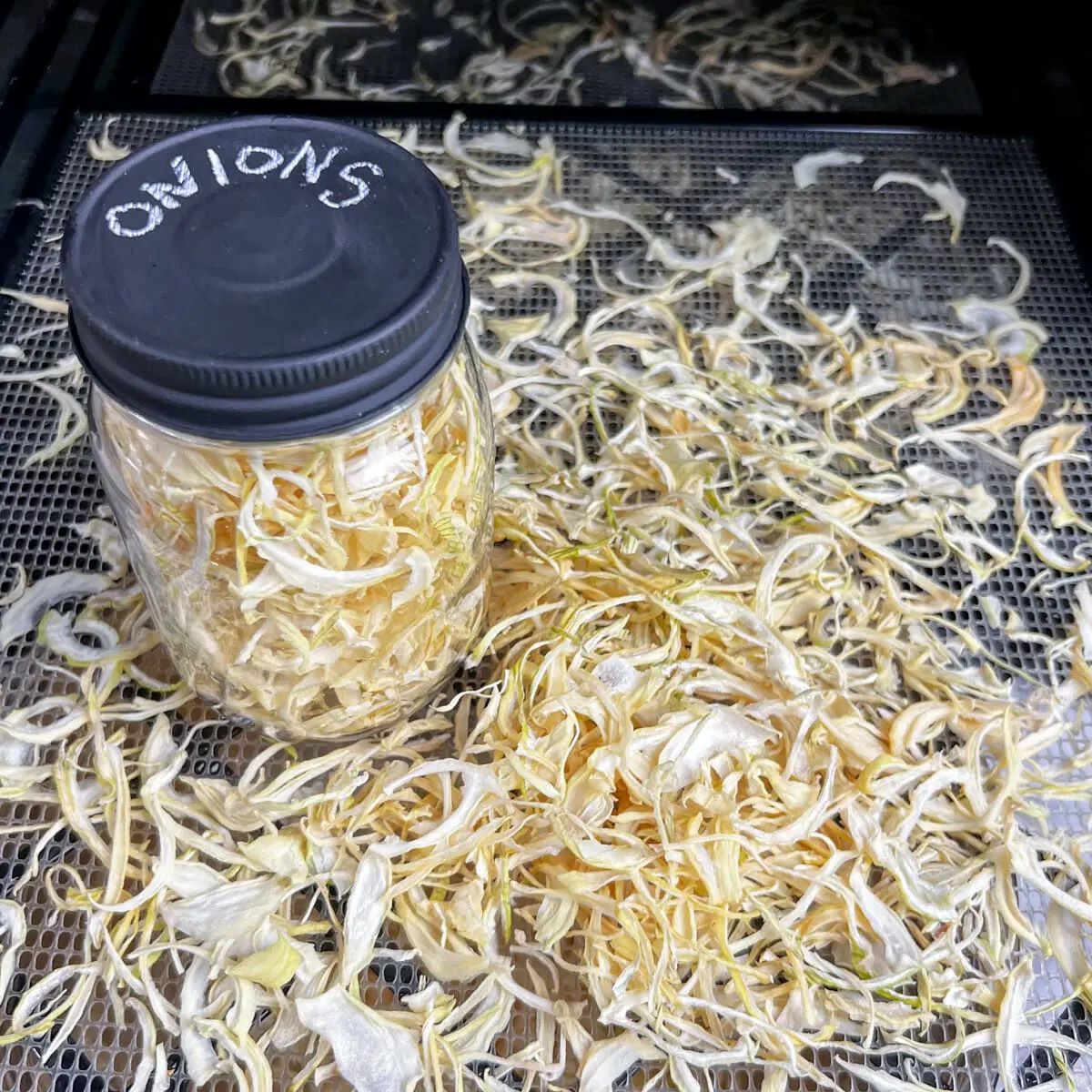

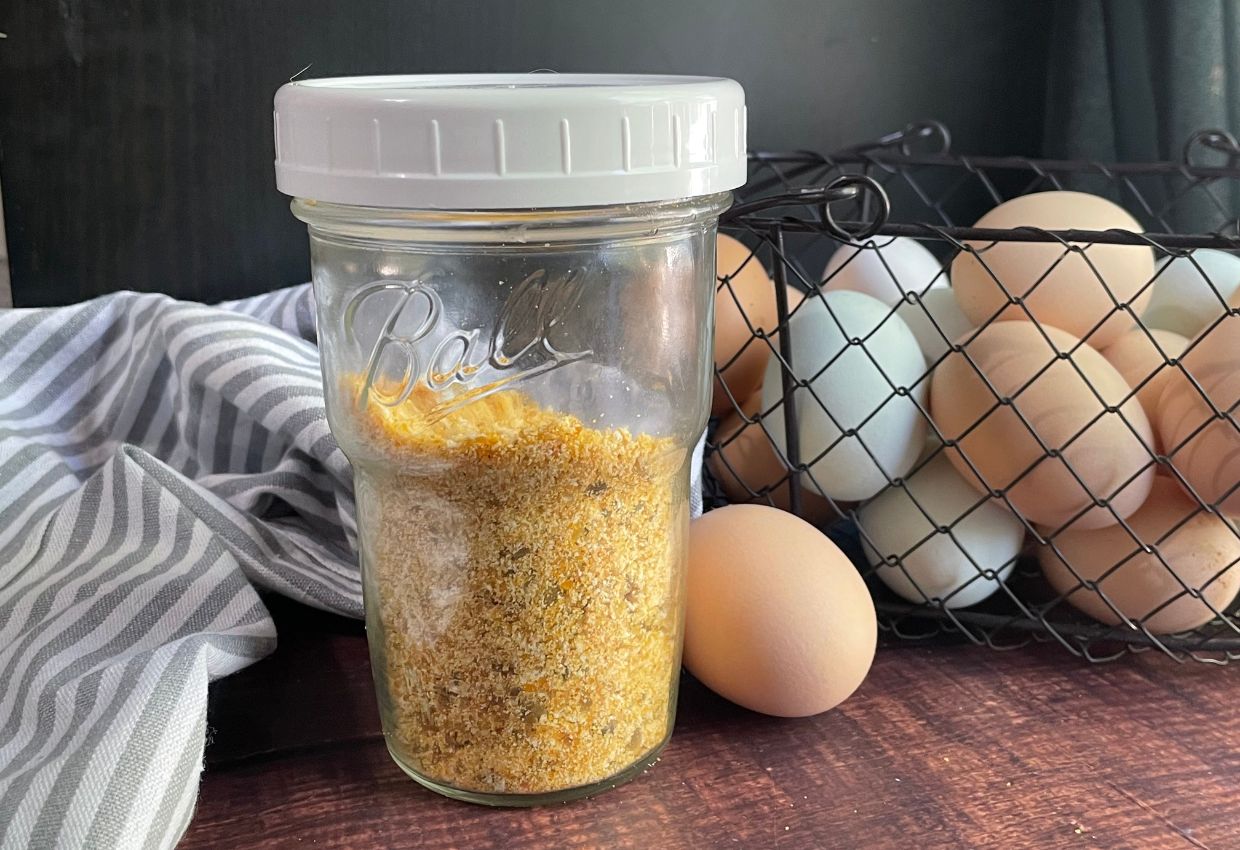
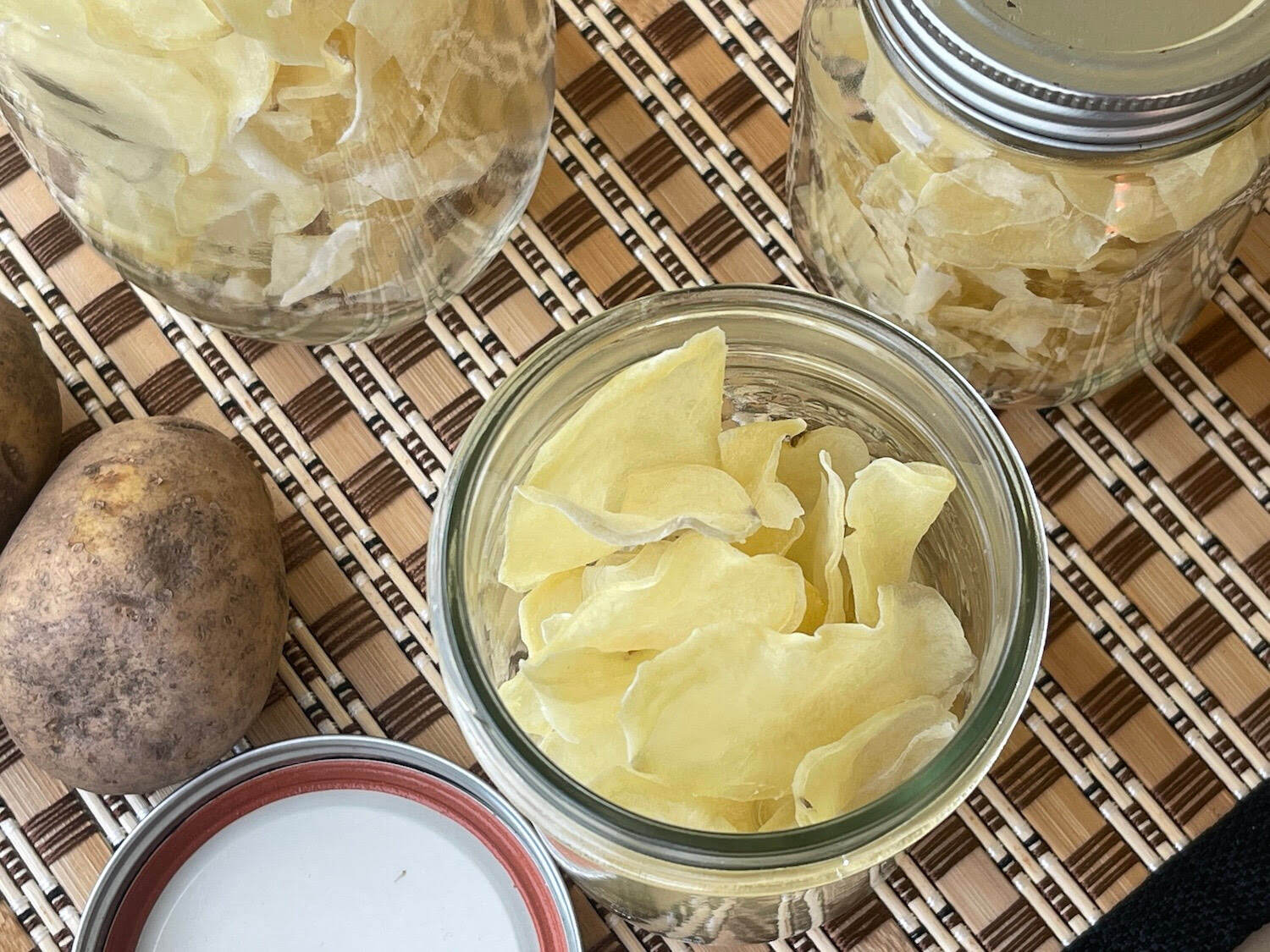
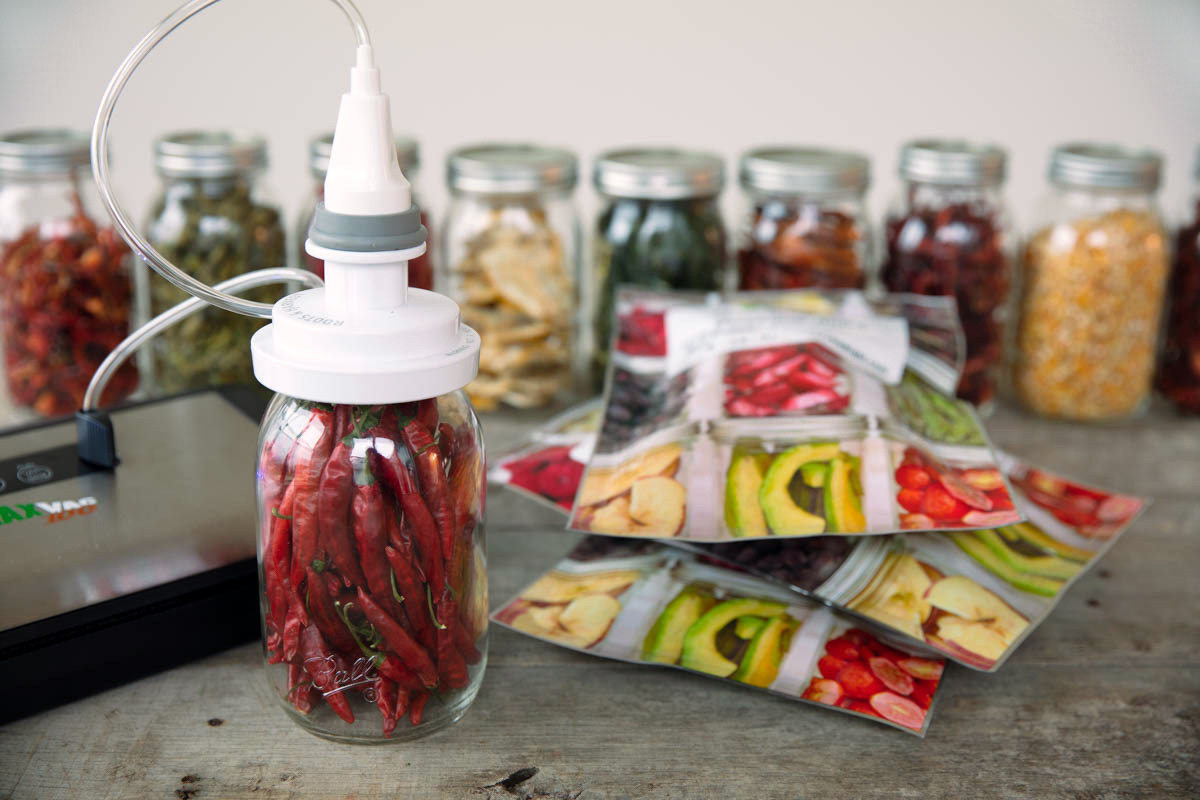


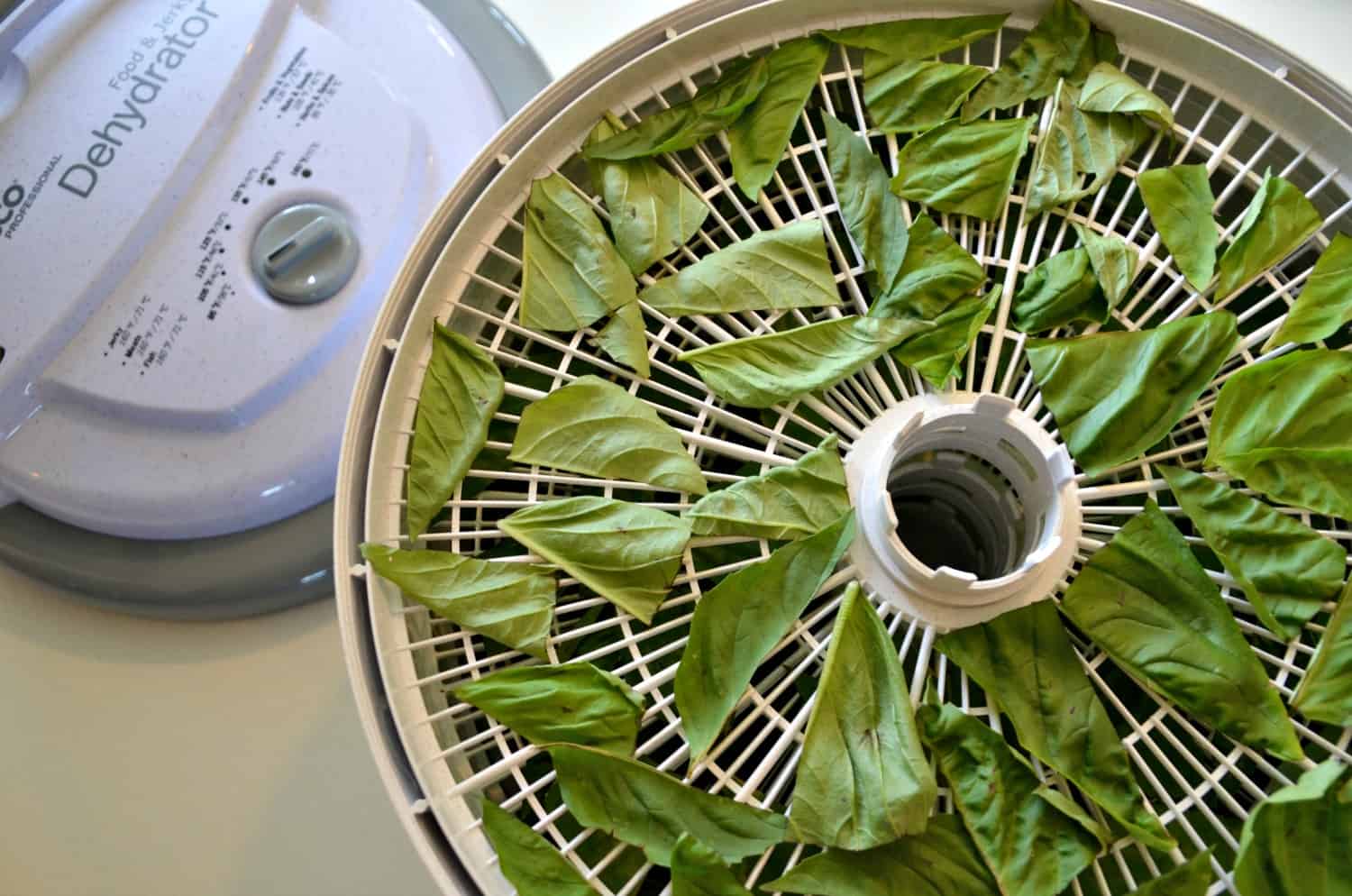

0 thoughts on “How To Store Dehydrated Meat”